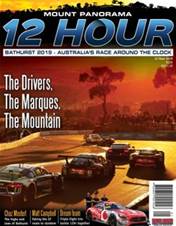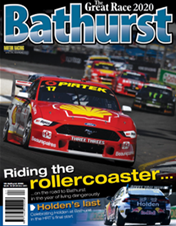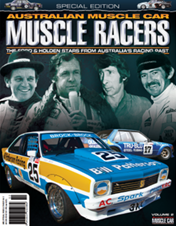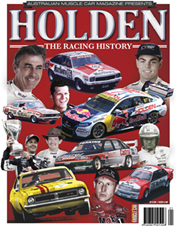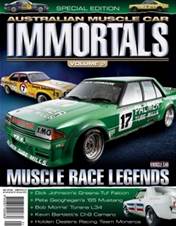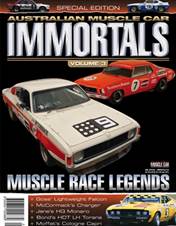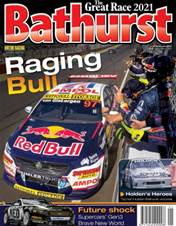This is the Big Daddy of Sports Sedans. It was unlike anything that came before - at least if you don't count Bryan Thomson's Chev V8-powered VW Fastback which debuted at around the same time - and it rendered most of its opposition obsolete from almost the moment it turned its first wheel in anger. This car changed the game; it laid out the basic drivetrain configuration blueprint for the future of Sports Sedans.
Apart from a handful of notable exceptions (such as Frank Gardner’s Corvair and Allan Moffat’s Monza), every successful Sports Sedan to this day has followed the basic design philosophy John McCormack employed when he created the Valiant Charger Repco-Holden V8.
It’s ironic that a car as successful and as influential as the McCormack Charger was in fact a kind-of publicity stunt.
The Charger came about not because McCormack had any ambitions of becoming a sedan racing superstar. Far from it: he had little interest in Sports Sedans. Or ‘yippee cars’ as the openwheeler ace liked to call them.

The impetus for the Charger was the generous appearance money race promoters were offering the then-booming Sports Sedan class at the expense of Formula 5000. At the time McCormack was a professional Formula 5000 racer and the reigning Australian Drivers’ Champion. F5000 cars weren’t cheap to run, they were the premier category, and McCormack felt they were getting the rough end of the deal.
During one of his many discussions with race promoters over the vexed issue of appearance money, Oran Park’s Allan Horsley told him:
You want starting money? Then you should be racing a Sports Sedan. There’s real money in Sports Sedans. If you get an old Monaro or something, and make it go, I’ll pay you $1000 starting money every meeting.
McCormack took up Horsley’s offer.
It was early 1973. At the time Sports Sedans could be loosely categorised in three groupings. There were the traditional backyard specials which were the mainstay of the category. It was a simple formula for the backyard jobs: strip as much weight out as possible, drop in the biggest engine possible, slap on the fattest tyres, and then hang on tight and hope for the best. Then there were the old Improved Production cars (Moffat’s Mustang, the Beechey and Jane Monaros): properly engineered race machines but built to the more restrictive Improved Prod regs. And then there was the new breed: proper race machines built by professional racers like McCormack specifically for the almost-anything-goes Sports Sedan rules.

You have reached an article available exclusively to Premium members.
JOIN FROM AS LITTLE AS $6.66 A MONTH* FOR INSTANT ACCESS.
Already a member? Log in
* Billed annually at $79.90



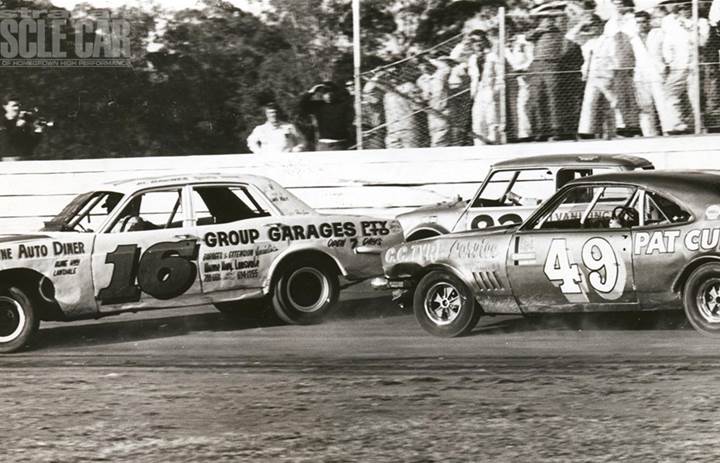
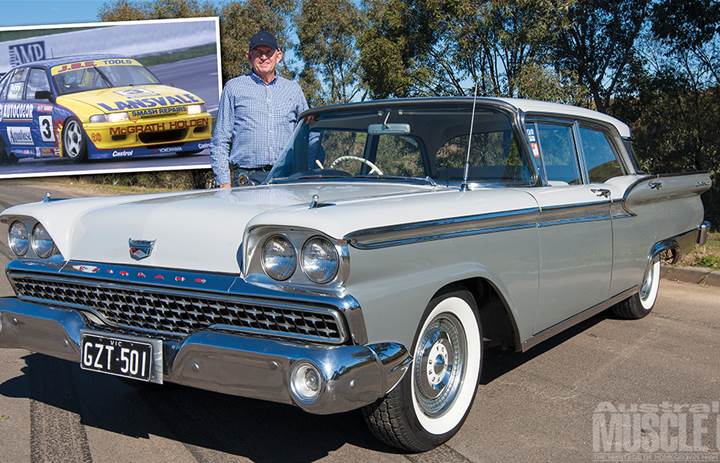
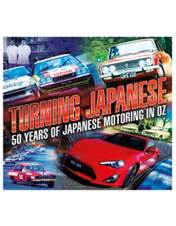

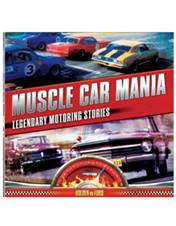

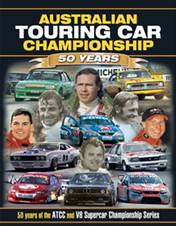
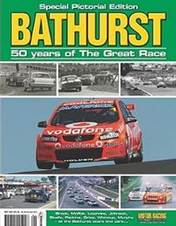
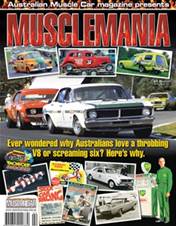
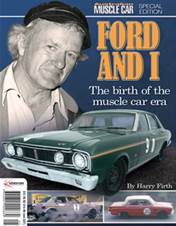
.jpg&q=70&h=226&w=176&c=1&s=1)
